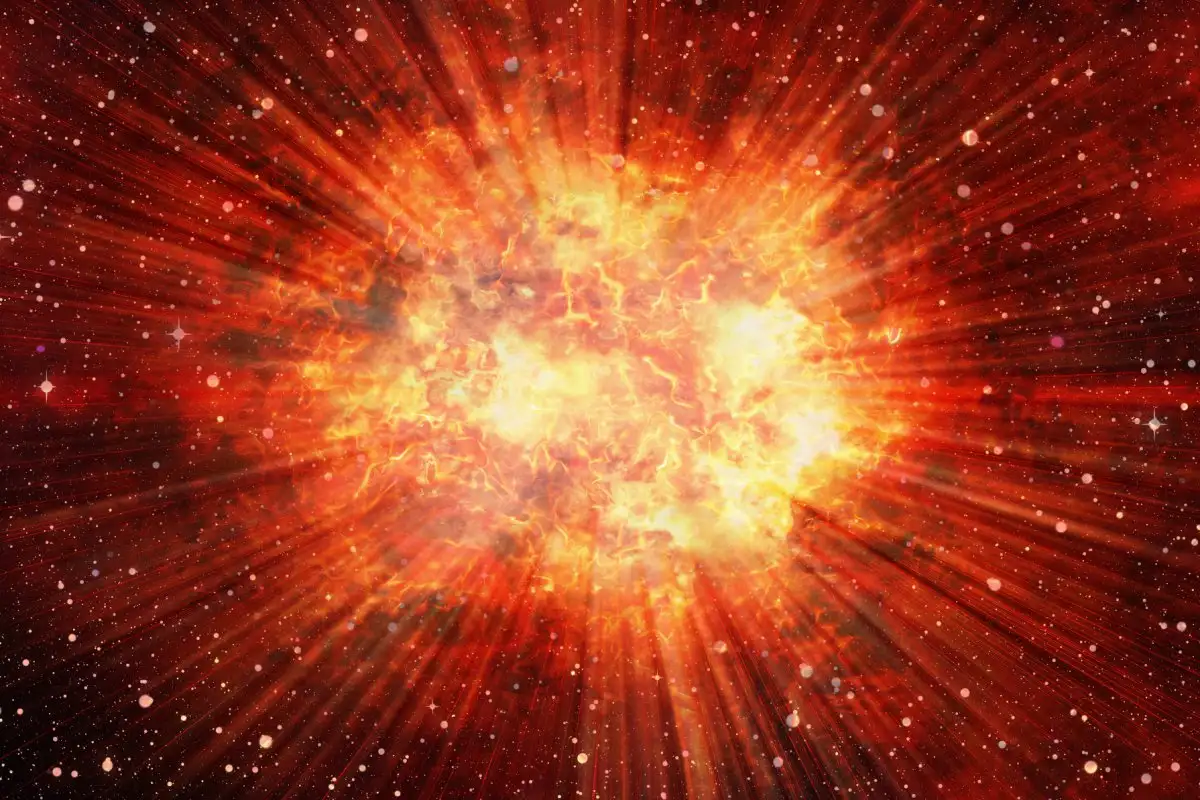In the vast and turbulent expanse of space, scientists have found themselves perplexed by a cosmic enigma that defies the norms of celestial behavior. Dubbed the “Tasmanian Devil” or AT2022tsd, this luminous fast blue optical transient (LFBOT), located a billion light-years away from Earth, has left astronomers scratching their heads at its unprecedented and erratic explosions.
The Tasmanian Devil, first identified in 2018, belongs to a rare class of events known as LFBOTs, characterized by intense and brief explosions more powerful than supernovae. However, the Tasmanian Devil showcased a staggering 14 explosive episodes lasting minutes each, spanning 120 days and defying the typical behavior of its counterparts. Lead author Anna Ho, an assistant professor at Cornell University, expressed amazement at the unusual brightness patterns, stating, “LFBOTs are already a kind of weird, exotic event, so this was even weirder.”
The September 2022 event caught the attention of 70 astronomers globally as the Tasmanian Devil repeatedly brightened, challenging conventional understanding. The leading theory suggests failed supernovae or the collapse of massive stars into black holes or neutron stars. Other possibilities include interactions with hot, bright Wolf-Rayet stars and intermediate-mass black holes consuming stars.
According to Ho, the flashes may originate from a newly formed neutron star or black hole, raising questions about the nature of these cosmic corpses. The event, unprecedented in its extreme energy production and short-duration bursts, pushes the limits of physics, challenging our understanding of space dynamics.
While the Tasmanian Devil remains a cosmic puzzle, astronomers believe it could provide insights into the life and death of stars. Jeff Cooke, a professor at Swinburne University of Technology, notes that understanding these events helps unravel the mysteries of massive stars’ death processes and offers opportunities to study newly formed cosmic entities.
As the scientific community grapples with the implications of this cosmic spectacle, the team of astronomers plans to delve into the processes behind the intense bursts of light. The Tasmanian Devil, standing apart from its celestial counterparts like the Koala, Camel, and Finch, may open a new chapter in our exploration of cosmic cataclysms, providing a unique lens into the mysteries of the universe.

